Originally published June 2006.
A Feather in your Cap
I remember in my early days when I was active with a Scottish “living history” group we heard a rumor that someone from the local Scottish community was offended because one of our members had worn some pheasant feathers in his bonnet while we appeared at the local Highland games. It is a matter a convention that the wearing of eagle feathers is associated with rank within modern Scottish clan societies. The following are some notes I made from an article which appeared in The Highlander (Jan/Feb 1987, “Ruffling Their Feathers,” by Sir Crispin Agnew of Lochnaw Bt. Rothesay, Herald of Arms) in order to help our members avoid similar faux pas in the future.
Knights wore crests, or feather plumes on their helmets, and clansmen wore their clan plant badge in their bonnet as a mark of their affiliation. This tradition is continued by regimental cap badges, and colored plumes which are easily recognized at a distance. The Royal Highland Fusiliers wear white feathers, the Black Watch wear red, and the Queen’s Own Highlanders wear blue. But leaders needed a more distinctive marker to stand out above his followers.

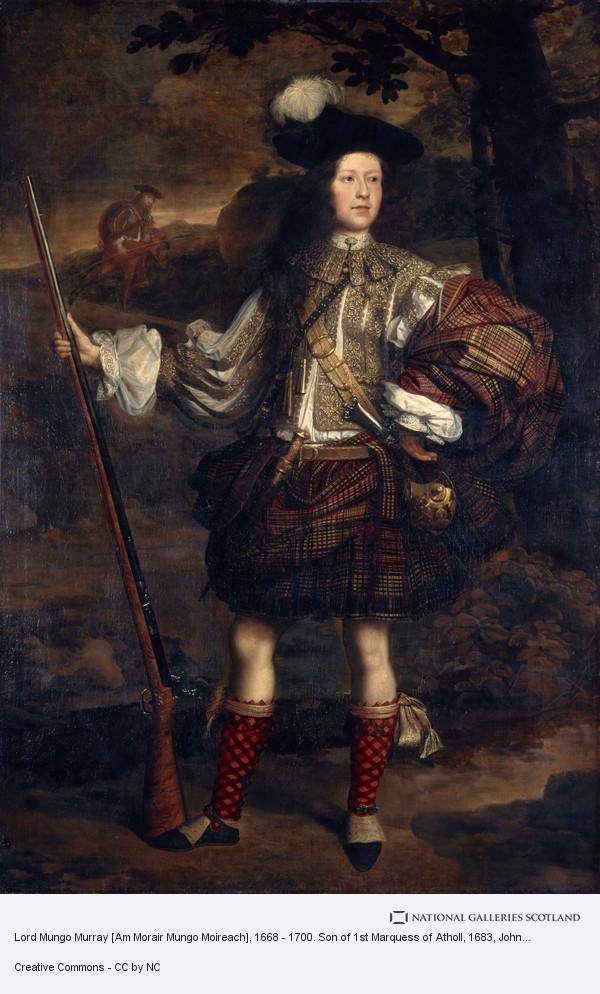
The tradition for clan chiefs to wear 3 eagle feathers seems to date from sometime in the late 1700’s. As early as circa 1660 a portrait in the Scottish National Portrait Gallery of a “Highland Chieftain” shows just a plume of white feathers, and is said to be the 1st Earl of Breadalbane. But by the 1800’s portraits appeared with chiefs wearing the now traditional 3 eagle feathers, Raeburn’s portrait of “The MacGregor” is the best known example.
The conventions understood today are that “chiefs of clans and names” are entitled to wear 3 eagle feathers (or simulated eagle feathers here in the U.S. since owning, buying or trading parts of birds of prey is banned.) These are persons who have, or can have recognition from the Lord Lyon where they are officially recognized as “Chief of the Name and Arms of ___.” Some of the chiefs of substantial branches of clans are also officially recognized in this manner and may wear the 3 feathers.
The eldest son and heir apparent, or the heir presumptive (the next likely heir if there is no eldest son — a brother, uncle, or cousin) of the chief are entitled to wear 2 feathers. Heads of principal branches of a clan, who have been long recognized as owning a substantial part of the clan lands may also wear the 2 feathers. These are also lairds of the clan, or principal cadets, which in times of war would have commanded one of the clan companies.
In general, one feather may be worn by any “gentleman” of a clan -those who have their own Scottish coats of arms. In other words, the person who actually inherited the coat of arms, as opposed to someone who simply has a last name associated with that coat of arms.

This is traditional convention, and not Scottish law, and it does not seem to have been in effect during the period portrayed at Renaissance fairs. However, even if you portray a clan chief as a Renaissance fair performer, or as a historical reenactor, whenever attending a modern Highland games, or St. Andrew’s Society event, it might be best to avoid wearing 2, and especially 3 feathers in your bonnet to avoid offending members of actual modern clan heritage societies.
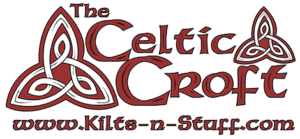
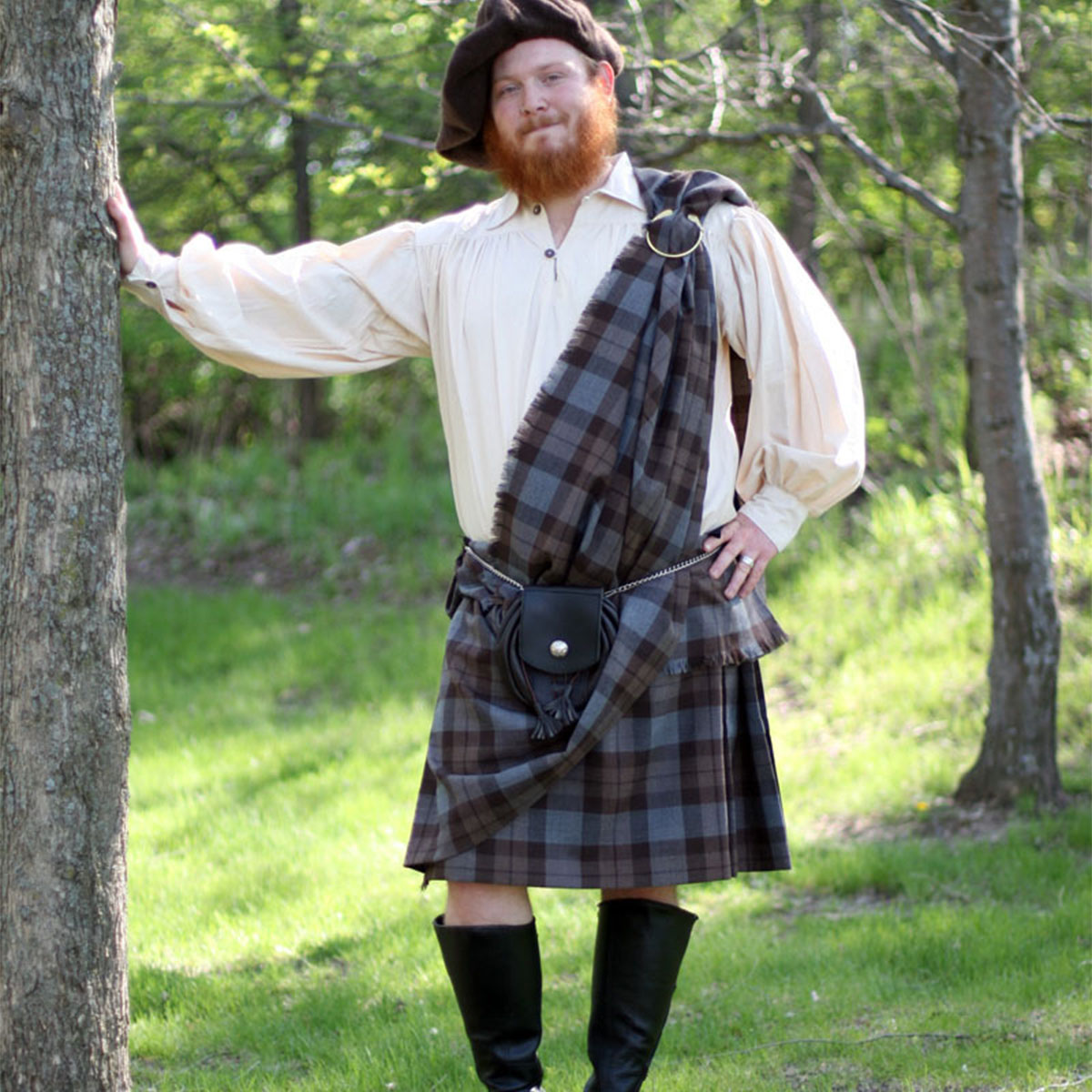
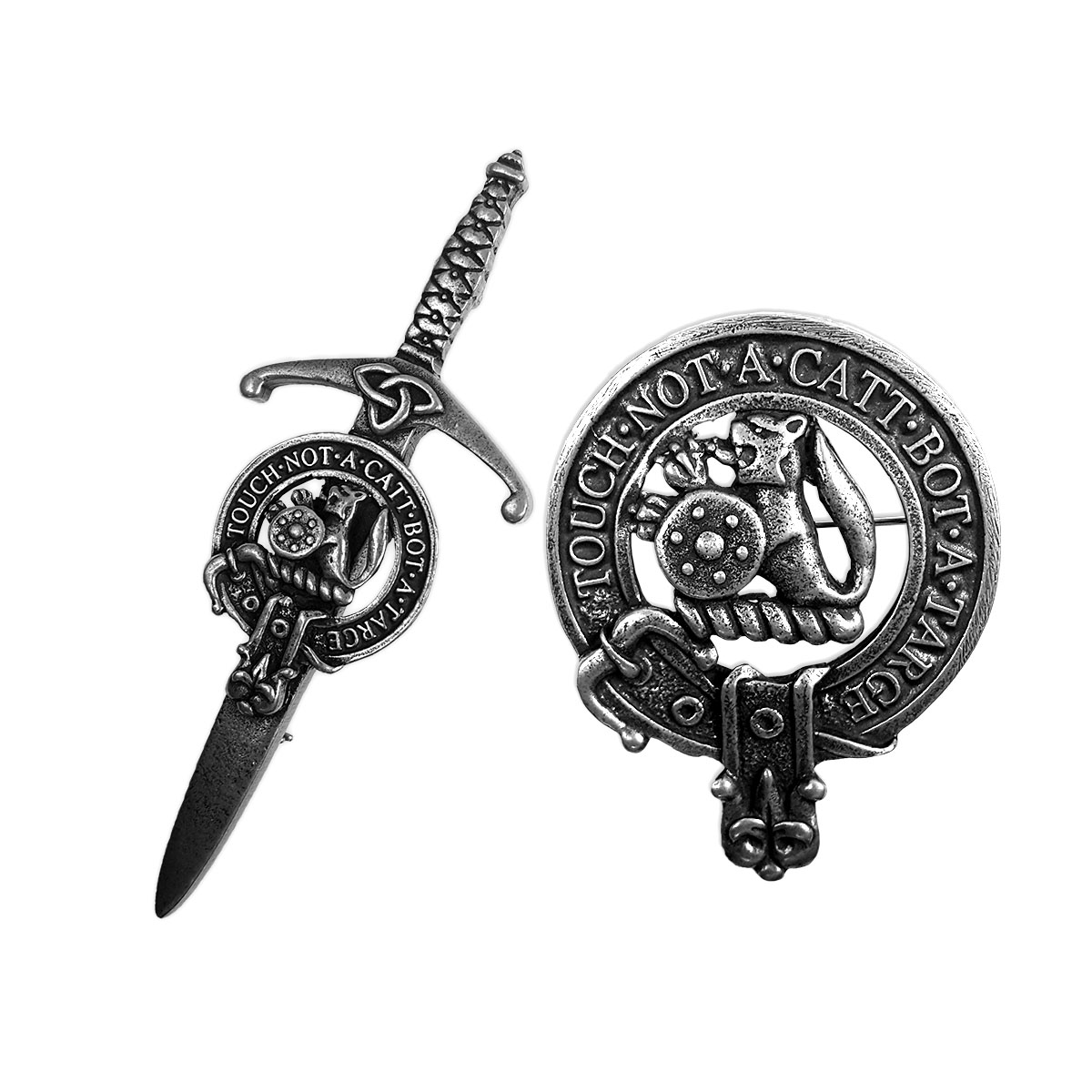
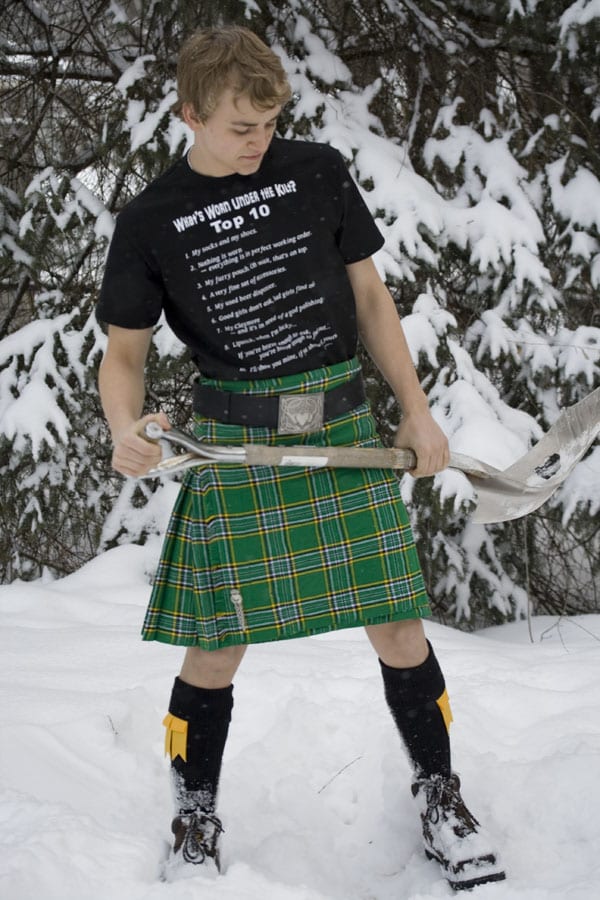
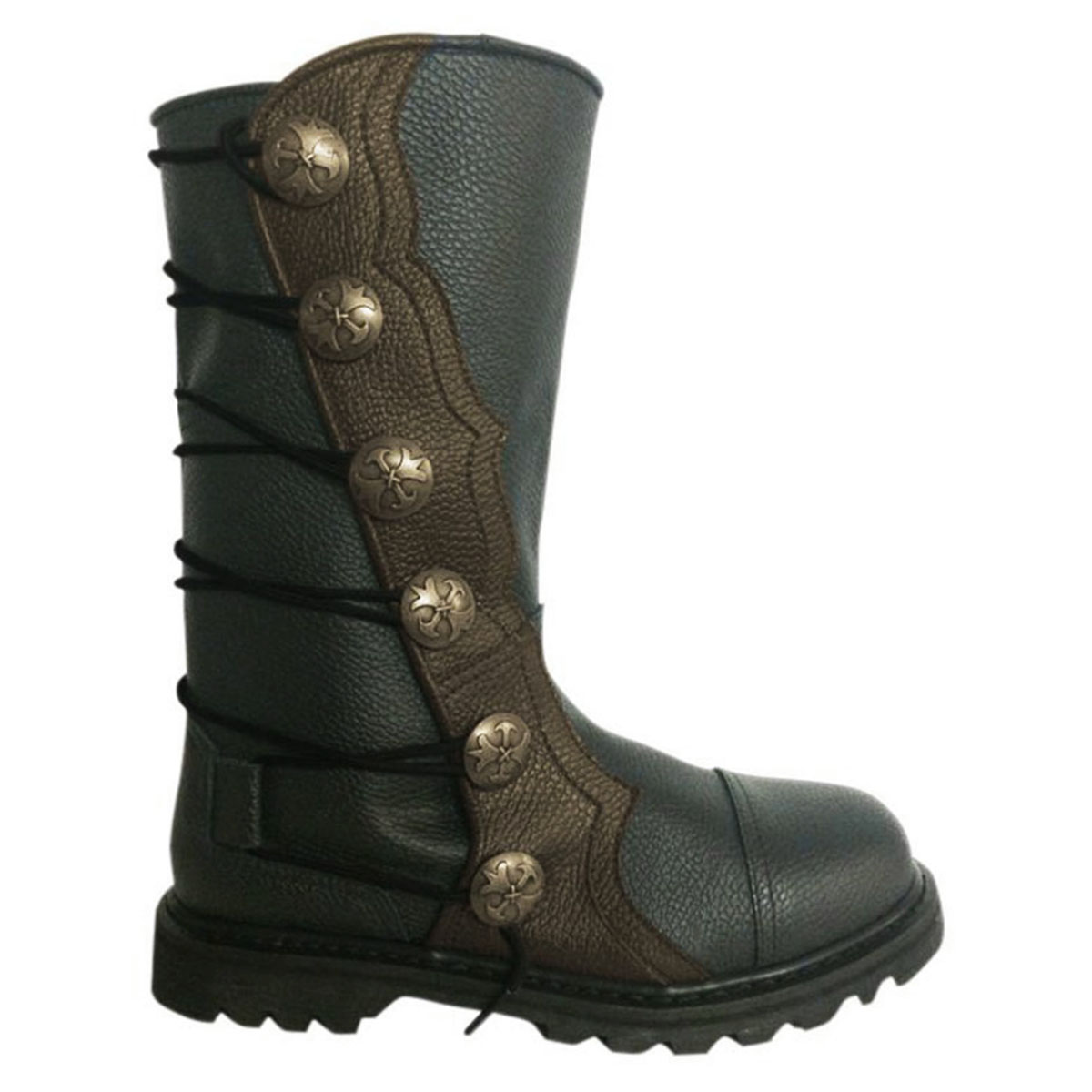
3 Comments. Leave new
Eagles only inhabit certain parts of the Highlands and the Isles.
For example, A clan that is from Skye will have eagle feathers, because golden eagles live on Skye. (Do not go near Golden Eagles or their nests, you will be prosecuted)
The Eagle is the symbol of the Aryans that migrated into northern Europe over 10,000 years ago, and formed what is now Germany, Scandinavia and Britain.
3 brothers in Eastern Europe called Lech, Czech and Rus followed a white eagle that lead to them founding the nations of Poland, Czechoslovakia and Russia.
The Eagle is an important symbol of all the Aryan descendants.
people often make the same mistake as they do for other “tribal” societies.
Not all Clans dressed the same way or had tye same conventions therefore, a single picture of one clan chief prior to 1782 cant be taken as representative of the whole Highland area…. just as some clans descended from the Norse did not wear Belted Plaids and were known as “Carls” then so too…. sone chiefs wore Eagle feathers, some did not
Plaid and Tartans are Celtic and have nothing to do with the Norse. The kilt is a survival tool for living on the Highlands it’s not fashion.
There are no vikings with red hair and green eyes, the only place you can genetically come from to have red hair and green eyes is Ireland and Scotland, nowhere else in this world. The Gaels and the Gaelic language predate the Indo-European (Aryans) which the Germans and subsequently the Norse (who are Germanic like their language) are descended from. That’s why Germans and Scandinavians have blonde hair and blue eyes.
Gaelic is classified as a Pre-Indo-European language, Germanic comes from the Indo-European language, While Scandinavian languages were made from the Germanic language.
Archaeological evidence has proven that my ancestors were eating wooly mammoth in Scotland over 14,000 years ago, my people pre-date Germany and Scandinavia because you did not exist until the Indo-European migration. We are already here with our red hair and green eyes long before your ancestors showed up with their blonde hair and blue eyes.
The oldest boat building spot on Earth is in Britain, it’s over 8,000 years old.
Neolithic and even Mesolithic Britons were building boats and sailing around the outer Hebrides before the Norse existed. We also recently pushed back the date for the first use of agriculture by 2,000 years….
“Hyperborea” as described by ancient Greeks was an Island to the far North East where they “Build stone circles and worship the sun”, that’s Britain.
You need to read some books and do some research.